A product leader is just a fancy way of saying a product manager, right? Not quite. Product leaders do so much more than manage products. And sometimes they don't sit in a product department at all.
There is no clear product leadership definition out there. It's discussed a lot, but few agree on what it actually means. So, in this article, we'll explore the ins, outs, and in-betweens of product leadership. We'll look at what it takes to become a great product leader and explore great product leadership qualities and product leaders showcasing them today.
Product leadership is the responsibility for creating a product-led strategy that centers and champions the product. A product leader creates successful product teams in a product-inspired culture.
A product leadership team doesn't work only with product professionals: product leaders work across departments and managers and take on roles like CEOs, CMOs, VPs, and Directors.
Product leaders establish product processes, manage budgets, identify go-to-market operations, develop product-oriented projects, and act as points of contact between senior leadership and product developers.
Product leaders are not product managers; product leadership usually comes first in the product build journey, helping ideate it and kick it off.
The best product leaders have sharp soft leadership skills like stellar communication, strong relationship building, savvy negotiation skills, and emotional intelligence, but they also need business acumen and particular domain knowledge.
What is product leadership? #
Product leadership is the act of championing product within a company. Someone can do this by leading a product team with a product-centric strategy. They build product-inspired cultures. They continually circle business strategies back to revolve around the product experience. In short, they focus on product-led growth.
A product leader is not a product manager with good leadership skills. A product leader sets up product managers, among many other stakeholders, for success. They shape a product strategy and work toward the product vision.
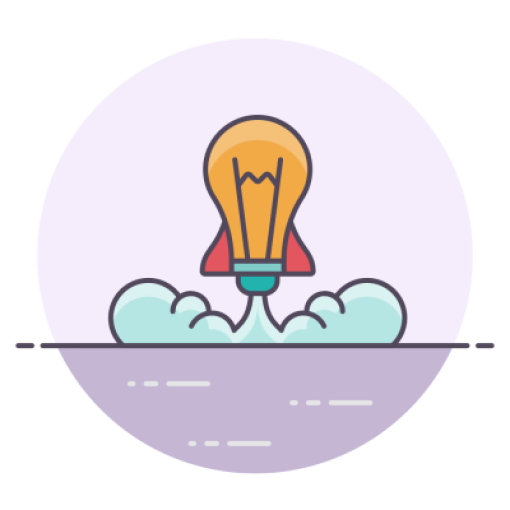
On-Demand Webinar: Product-Led Growth 101 🚀
How can you use PLG to drive acquisition on autopilot? Become an expert in this 60-minute webinar.
The roles in a product leadership team #
A product leadership team works across departments and various managers within those departments. Your business's growth will largely depend on where product leadership responsibilities fall within the company.
SMBs tend to hire product-led positions last. They're often unclear about a product leadership definition and push these large responsibilities on to other managers. That’s okay, as long as other managers are clear on their responsibilities. It's worth noting that a product leader is not necessarily a job title. Instead, product leadership is a responsibility. Some of the following titles often adopt these responsibilities early on.
CEO / CMO
More often than not, CEOs or CMOs are Chief Product Leaders. They're responsible for leading the entire senior teams to success. If they've got the good business acumen, they'll be leading by focusing on product strategy and toward the product vision. As a company grows and a product team blossoms, CEOs will be able to step back a little. Although, they'll remain a key stakeholder in the product leadership team.
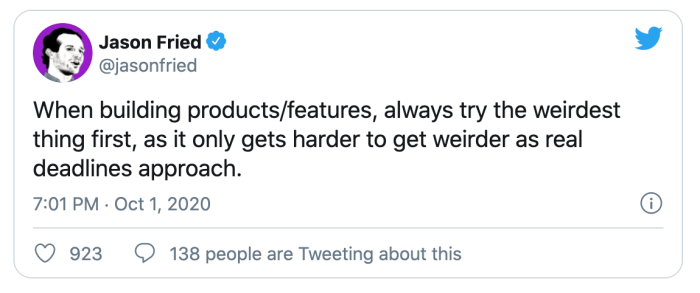
Jason Fried: Founder and CEO at Basecamp
VPs and Directors
When hiring for these positions, a job description will often define product leadership responsibilities. Despite the department, any VP or director will need to lead with fantastic domain knowledge on the product and market. These roles often see product marketing managers (PMMs), engineering managers (EMs), and project managers (PMs) reporting to them. The reporting roles often build on the technical skills that their seniors may not have.
The responsibilities of product leadership #
The truth is, anyone in a product leadership role does a heck of a lot. They've got a ton of pressure on their shoulders. They're potentially the largest stakeholder in helping the product succeed. PLs are in a fantastic position to make the most of the talented minds from various teams around them. Yet, they'll often have some tough quantitative and qualitative goals they're chasing on their own. They'll also have some pretty hefty responsibilities.
Building the product team and culture #
Product leadership roles are responsible for hiring, training, and mentoring product teams. They'll have a large say in the recruitment process and develop onboarding processes that aid in a product-centric culture.
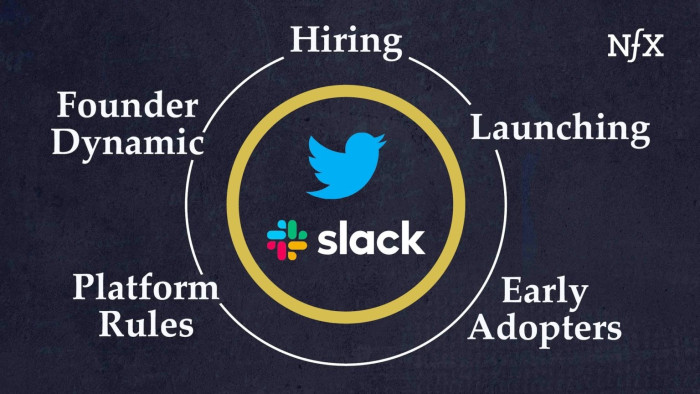
Establishing product processes #
This role's responsibility is to develop new processes or source new product tools. By doing so, they'll build a more efficient workflow and product management team. This can include culture building or communication tools. It can also include product design and product development processes, or technology, to maximize productivity.
Budget management #
Every product leadership role should be no stranger to an excel sheet. They're responsible for developing budget requests. They also need to project profits and optimize pricing strategies to get the most out of the product and its markets.
Identifying a go-to-market operation #
Product leaders are responsible for building data-driven strategies to position your product in the market better. They'll also need to identify how to go to market in the first place. Product leaders use metrics like product qualified leads, customer churn, retention, and engagement. With this data, product leaders can strategize for the type of people your product is perfect for—they just don't know it yet.
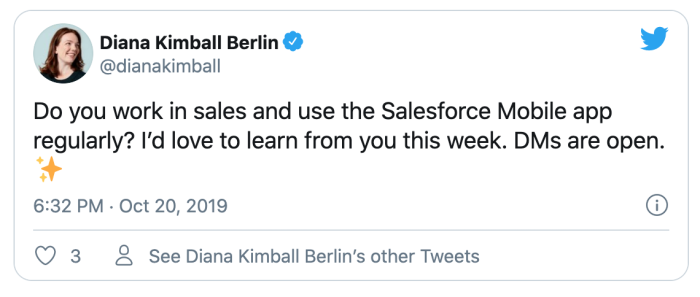
Diana Kimball Berlin, VP of Product at Salesforce
Project management #
To an extent, product leadership people develop timelines and milestones for product-orientated projects. However, they will not be managing the day-to-day progress of product projects. Instead, they'll work closely with PMs & PMMs from product teams to ensure things are on track. Product leaders help keep momentum—marathon, or sprint.
Senior leadership communications #
Many people on senior leadership teams, including investors, need to keep up to date with what's going on with the product. Simultaneously, there are many roles elsewhere that need to understand larger business decisions and goals. Product leaders act as the sole point of contact for both sides. They present and manage information up, down, and sideways within any company.
Product leadership vs. product management #
Although these two roles sound very similar, they have very different responsibilities. One cannot function without the other. What's the difference between product leadership and product management?
So what is a true product leadership definition? Well, in general, product leadership focuses on the product-market fit and customer experience. Whereas product manager skills and responsibilities focus on an efficient build of the product. There's more to it than that, though.
The differences between the two #
The main difference between these two roles is where they come in the product build journey. They contribute toward different parts of the product strategy and lifespan. A product leader tends to come first. A product leader helps to ideate and kick the product build off. They will help shape the product vision and identify the mission to get there.
A product leader will work off the age-old saying: "A successful product is one that is valuable, usable, and feasible."
They'll ensure they've fulfilled product value in the marketplace. That the product is usable among the target demographic. Lastly, the product is feasible in that the business is in a position to take on the build. Once these areas are complete, it passes on to the product manager and their team.
Product managers work off the same three principles but realign them to the product and product ops team and resources. They work on how the product can provide value to the business. They work on the UX and UI design, to fit customer usability. Lastly, they work on the feasibility of the product among their engineering team. Same same, but different.
The similarities between leadership and management #
Despite their differences, product managers and product leaders often work off the same methodology. They share similar principles when striving for a successful product. Business acumen, analytical mindsets, and design thinking. These three core skills, among others that we’ll get into, are of massive value in product growth, helping PMs and PLs excel in their roles.
Becoming the best product leader #
People aren't born product leaders. Defining product leadership skills is something you grow into. You learn, you adapt, and eventually, you excel in the role. Yes, there are certain traits you can have that can help you succeed as a product leader. However, there are also many skills you can learn to help you become the best possible product leader.
To help get you on your way, we've sourced a wealth of (mostly) free mini-courses, tools, and resources for each area of product leadership.
Soft product leadership skills #
Soft skills can make your time as a product leader so much smoother. They'll help you work better with people, become a more empathetic leader, and manage your emotions and strengths in the workplace.
Here are some of the relevant courses that can help you level up your soft skills.
Communication
University of Leeds: Communication and Interpersonal Skills at Work
Relationship building
Business Balls: Building Relationships
LinkedIn Learning: Building Relationships While Working from Home
Negotiation and persuasion
Coursera: Negotiation, Mediation, and Conflict Resolution Specialization
Udemy: Seth Godin on Presenting to Persuade
Skillshare: Online Persuasion Classes
People management
CIPD: People Management Skills
Coursera: The Manager's Toolkit, a Practical Guide to Managing People at Work
Creativity
LinkedIn Learning: Banish your Inner Critic to Release Creativity
LinkedIn Learning: Creativity for all Weekly
Emotional intelligence
PositivePsychology.com: Emotional Intelligence Masterclass (Paid)
Business acumen #
You'll need to up your knowledge of numbers and have basic accounting skills if you want to improve as a product leader. Financial statements, accounts payable and receivable, revenue, debt, assets, the list is long.
If you're dealing with investors or senior leaders, you'll need to understand where the business stands financially. In doing so, you can understand what it can achieve—if your budget gets approved 😉
Take a look at the courses that can help you with this:
Domain knowledge #
Domain knowledge is the reason people tend to remain in one niche for their professional life. Over time, you'll build a fantastic amount of insight into your market and demographic. You'll be able to position your product better and understand how to sell it better as you continue to work for similar products or target similar demographics.
There's no specific course for domain knowledge. It's an experience that mounts up over time. However, there is a way to ramp your domain knowledge up a gear.
Building or finding a mentorship program
Following domain influencers and publications
Conducting regular market research, user research, and competitor analysis
User onboarding tools, cohort analysis, and measuring customer retention can help build domain knowledge. Learnings from these will help position and sell your product better. They'll also support future product releases and new product launches.
Technical skills #
Last on the list is to build out your technical skills. Of course, it's near impossible for a product leader to have an in-depth understanding of Python, CSS, JavaScript, and every other product growth technology. We're only human, after all.
Gaining a greater understanding of your product's technical build is essential in earning trust from your teammates. It will help you manage project timelines better and settle on mutual expectations for all stakeholders.
Of course, technical skills depend on your product and your product team's working style. By identifying those technical areas or technology you may be lacking expertise on, you can source crash courses. In turn, giving yourself foundational knowledge you can build on throughout your role.
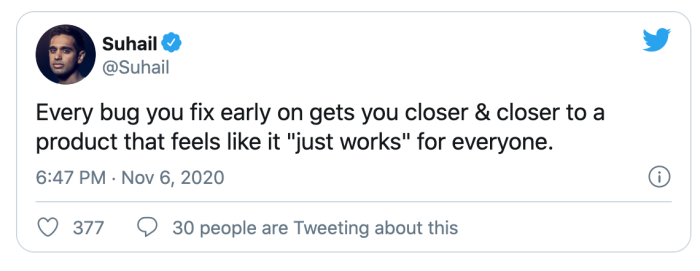
Suhail Doshi, Founder and CEO at Mixpanel
Inspirational product leaders #
As promised, we're sharing some of our favorite inspirational product leaders. These people help define product leadership and set a fantastic, global example. Spoiler alert: We’ve already quoted a few of them along the way. If you're not following these leaders on Twitter already, you're missing out.
April Underwood
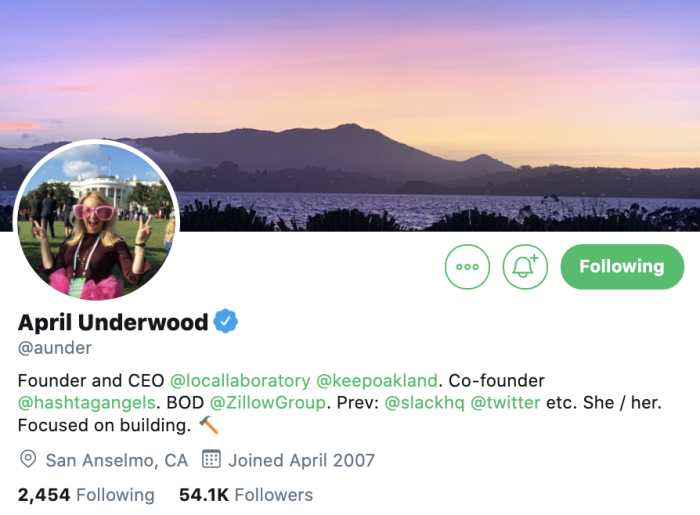
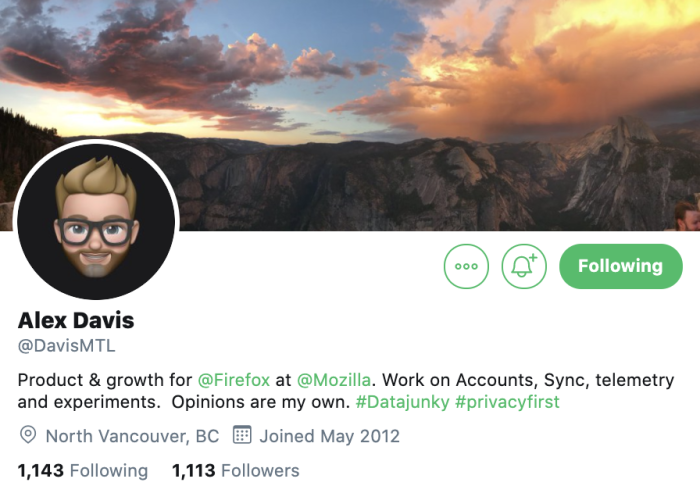
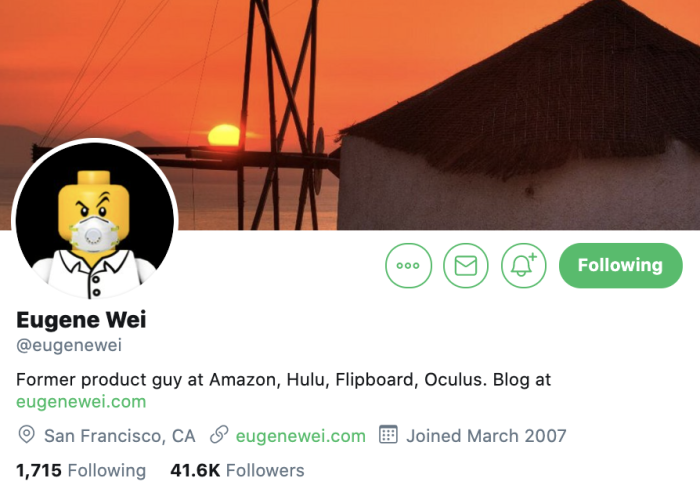
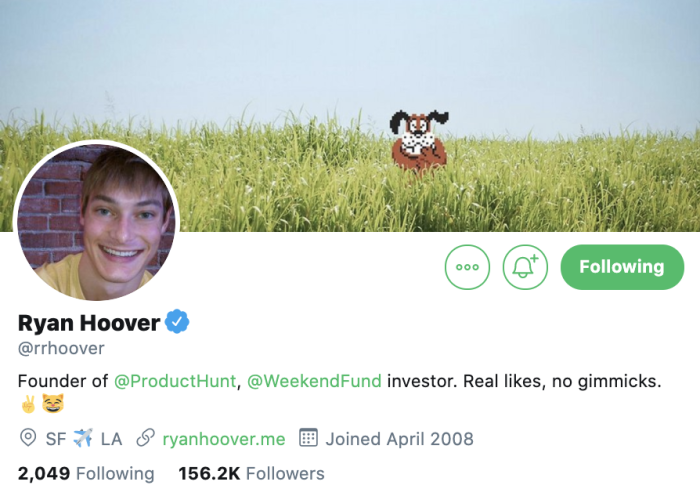
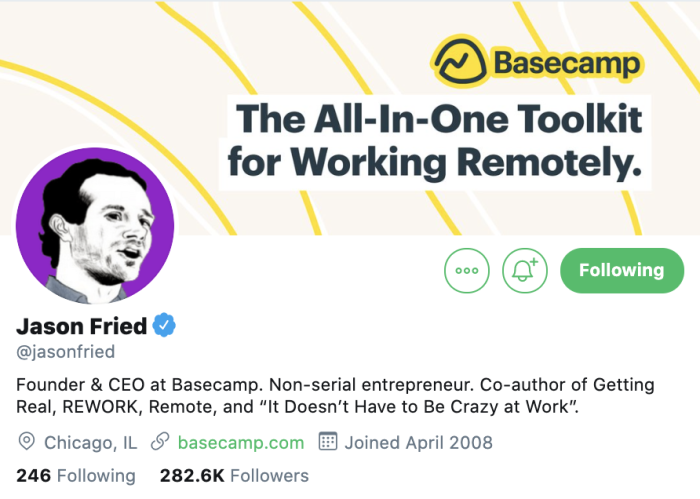
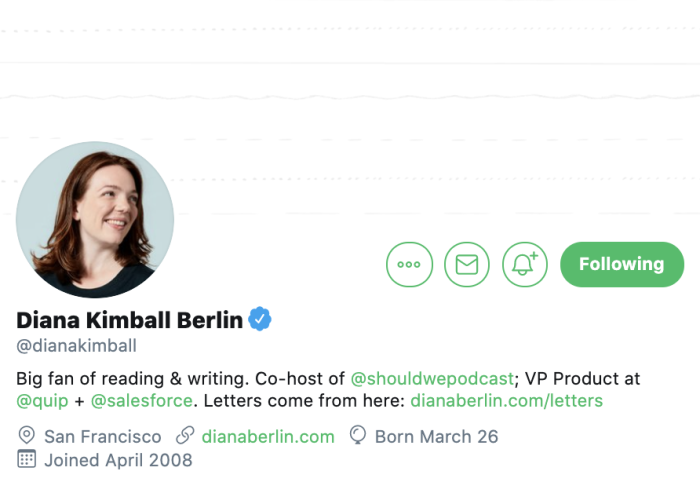

Wrapping up product leadership
Hopefully, this article managed to shed some light on what product leadership is. Plus, showcase the skills and knowledge required to become a great product leader. We hope after this read, you're following some influential figures to inspire your product-led growth journey. Whether that's in your business, in your professional endeavors, or both.
With great product leaders comes rapid innovation, positive change, and solution-orientated products that can change our world for the better. So stay inspired and curious, we look forward to seeing what you create.

Weekly advice to make your product stick 💌
Be the first to get the latest product best practices and resources




